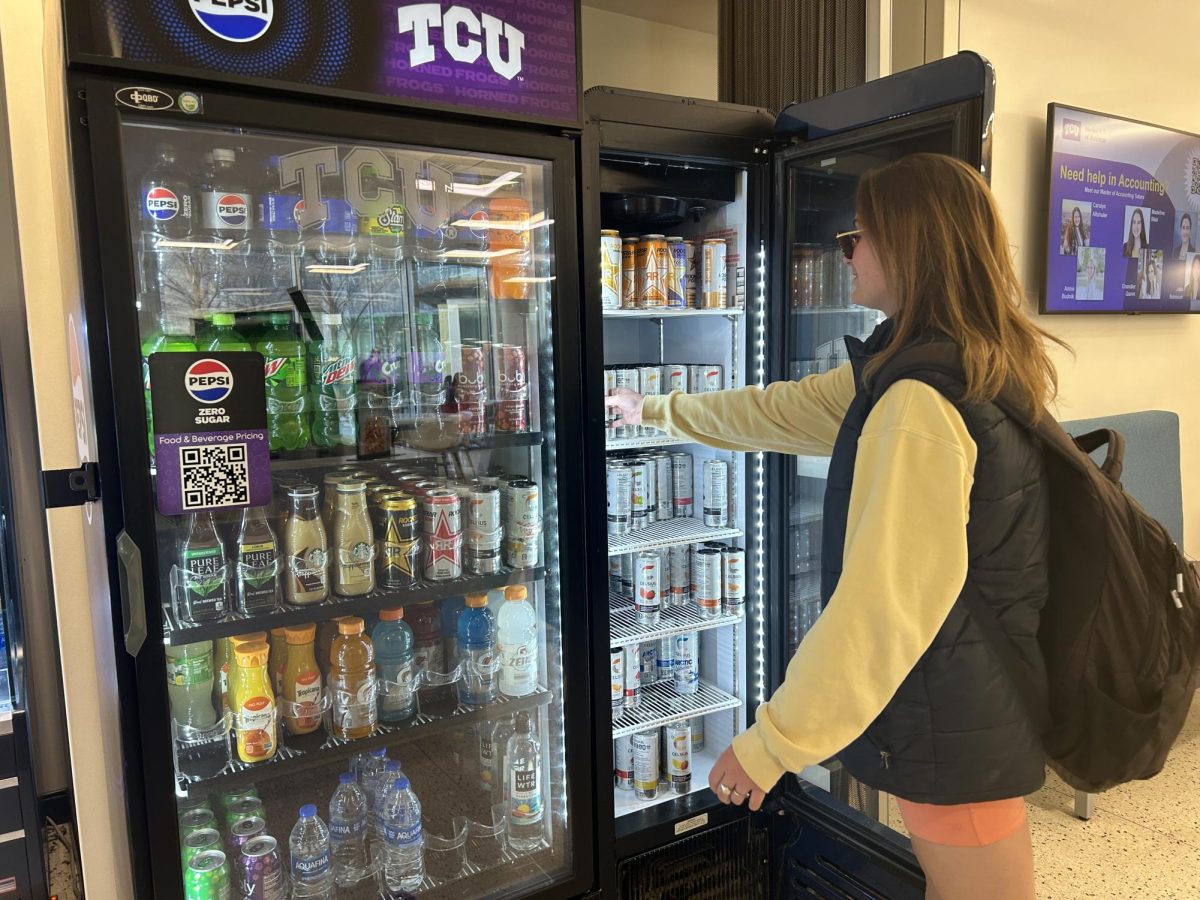A bill that would increase funding for higher education via the Federal Pell Grant and the Federal Perkins Loan programs, if passed, would not have a significant impact on the university, a financial aid official said.
Michael Scott, director of financial aid, said the bill, which awaits Senate committee action, would help some, but the overall impact at the university would be minimal because only 10 percent of the student body received Federal Pell grants last year.
“I don’t think it’ll have any significant effect on our students,” Scott said. “I don’t think it’ll make a drastic change to the amount of aid that the average TCU student receives.”
Mark Kantrowitz, publisher of the student-friendly Web sites FinAid.org and FastWeb.com, said that if the bill passes, more money would be available for students seeking Federal Pell grants or Perkins loans, increasing the maximum award for grant recipients from $5,350 this year to $5,550 in 2010.
“It’s certainly a step in the right direction,” Kantrowitz said. “It’s not a very big step, but it is a step in the right direction.”
According to Student Aid on the Web, a branch of the U.S. Department of Education Web site, the Federal Pell Grant Program takes into account a student’s financial need, as well as his or her status as a student and the duration of the student’s schooling. The grant is often considered to be the foundation of federal aid on top of which other awards are added.
In addition to increases in Federal Pell Grant funding, the legislation would also make more money available for students seeking Federal Perkins loans. Students who borrow funds through this program receive low interest rates and repay funds to their school, according to the site Student Aid on the Web.
The small step in savings, for financial aid, would come from eliminating the subsidy money currently paid to private lenders for their federally backed loans, Kantrowitz said. Any future increase in student aid funding would have to come from new money – tax dollars – because the government would no longer guarantee private lender loans, he said.
“This is the last opportunity for Congress to increase student aid by taking money away from education lenders because (the act is) getting rid of the education lenders,” Kantrowitz said.
In other words, the bill would remove the middle man between schools and the government in the Federal Perkins Loan program, Scott said.
Haley Chitty, director of communications at the National Association of Student Financial Aid Administrators, said Senate members are expected to introduce their own version of the Student Aid and Fiscal Responsibility Act in the near future. A similar bill passed in the House of Representatives on Sept. 17.
“It gets really complicated in terms of what’s going to happen next,” Chitty said. “You really need a crystal ball.”
The deadline for Senate action was Thursday, but Sen. Kent Conrad, D-N.D., budget committee chairman, told publishing company Congressional Quarterly that he doesn’t expect delaying the bill to be a problem, according to a NASFAA press release.




